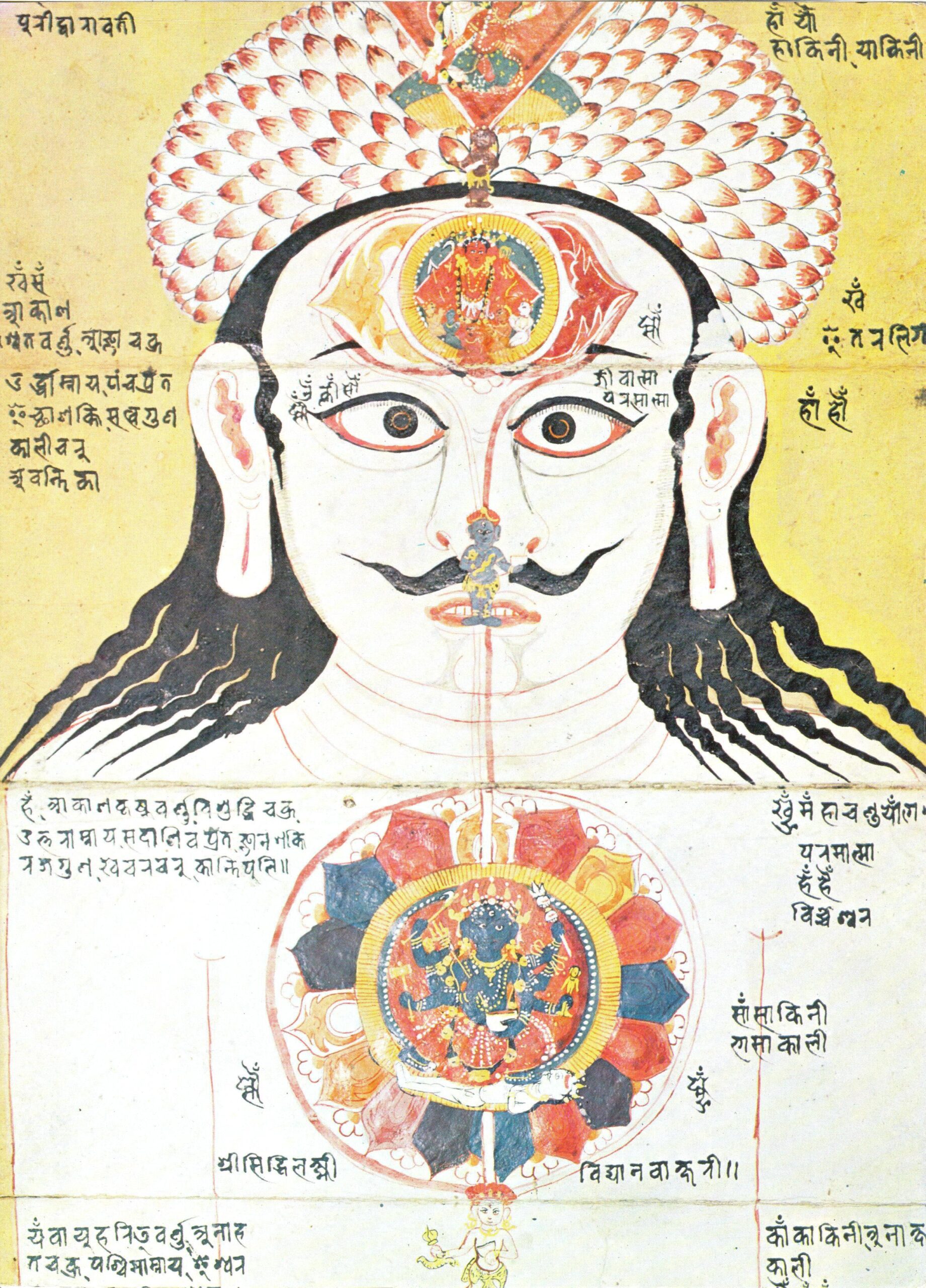Chakra Identification and Analysis
Have you ever felt that life has lost its balance? As if your energy has drained, emotions are fluctuating, and inner peace keeps slipping away? Perhaps you sense that something is “off,” but you can’t pinpoint exactly what? Ancient wisdom suggests that these feelings are often not tied to external circumstances but to our internal energy—particularly our chakras.
Chakras are subtle energy centers through which life force (prana) flows, connecting our body, mind, and spirit into a harmonious whole. When they function in harmony, we feel alive, calm, creative, and connected to the world. However, if one or more chakras become imbalanced, physical symptoms, emotional instability, or spiritual fatigue may manifest in our lives. Comprehensive information about the chakra system can be found in the Seminar: “Persecuted. Rejected. Forbidden. But It Works. Radionics”, which is free for Bronze members of the “Mind University”.
In this article, I invite you to embark on a deeper exploration of the nine-chakra system, which expands the traditional seven-chakra model by including the Alta Major and Prana energy centers. This expanded system is based on the insights of Yvon Combe, offering a holistic approach to the human condition—not only through the flow of energy but also through its connection to our mental health, emotional state, and spiritual maturity.
You will learn about the function of each chakra, how they influence our daily lives, relationships, and health. We will explore various practices—from color and sound therapy to meditation and breathing techniques—that help restore…




